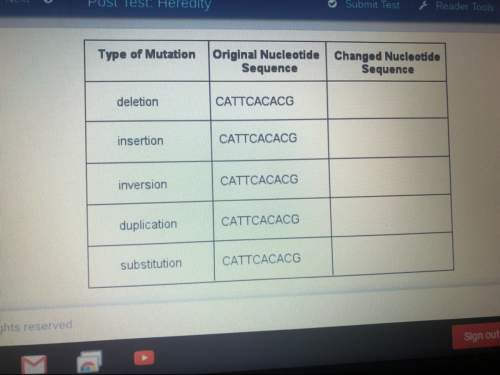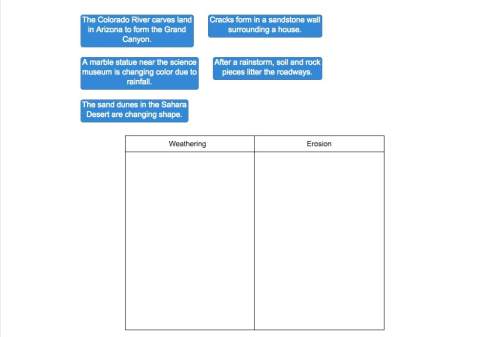Ey's Bell Jar...
Abstract
Background
Photosynthesis maintains aerobic life on Earth, an...

Ey's Bell Jar...
Abstract
Background
Photosynthesis maintains aerobic life on Earth, and Joseph Priestly first
demonstrated this in his eighteenth-century bell jar experiments using mice and
mint plants. In order to demonstrate the fragility of life on Earth, Priestley's
experiment was recreated using a human subject placed within a modern-day
bell jar.
Methods
A single male subject was placed within a sealed, oxygen-depleted enclosure
(12.4% oxygen), which contained 274 Cz and C plants for a total of 48 h. A
combination of natural and artificial light was used to ensure continuous
photosynthesis during the experiment. Atmospheric gas composition within the
enclosure was recorded throughout the study, and physiological responses in the
subject were monitored.
Results
After 48 h, the oxygen concentration within the container had risen to 18.196, and
hypoxaemia in the subject was alleviated (arterial oxygen saturation rose from
86% at commencement of the experiment to 99% at its end). The concentration
of carbon dioxide rose to a maximum of 0.66% during the experiment.
Conclusions
This simple but unique experiment highlights the importance of plant life within
the Earth's ecosystem by demonstrating our dependence upon it to restore and
sustain an oxygen concentration that supports aerobic metabolism. Without the
presence of plants within the sealed enclosure, the concentration of oxygen
would have fallen, and carbon dioxide concentration would have risen to a point
at which human life could no longer be supported.

Answers: 3
Another question on Biology

Biology, 21.06.2019 23:40
Which statement describes an endocrine function rather than an exocrine function? a. salivary glands release saliva into the mouth. b. sweat glands release sweat onto the skin c. the pineal gland releases melatonin into the blood. d. esophageal glands release mucus into the esophagus.
Answers: 1

Biology, 22.06.2019 09:00
Which of the following statements about protists are true? a.they are typically found in moist environments. b.they are all unicellular. c.they have a nucleus. d.they are all multicellular.
Answers: 1

Biology, 22.06.2019 22:30
Click an item in the list or group of pictures at the bottom of the problem and, holding the button down, drag it into the correct position in the answer box. release your mouse button when the item is place. if you change your mind, drag the item to the trashcan. click the trashcan to clear all your answers. show the flow of energy in the following ecosystem by labeling each organism's link in the food chain. click once to select a label. click again to place the label in the correct location.
Answers: 3

Biology, 23.06.2019 01:30
Viruses have a core made up of everything listed here except a. plasmids. b. genetic material. c. dna. d. rna.
Answers: 1
You know the right answer?
Questions







History, 12.03.2020 17:32






Mathematics, 12.03.2020 17:32



Mathematics, 12.03.2020 17:32

Computers and Technology, 12.03.2020 17:32







